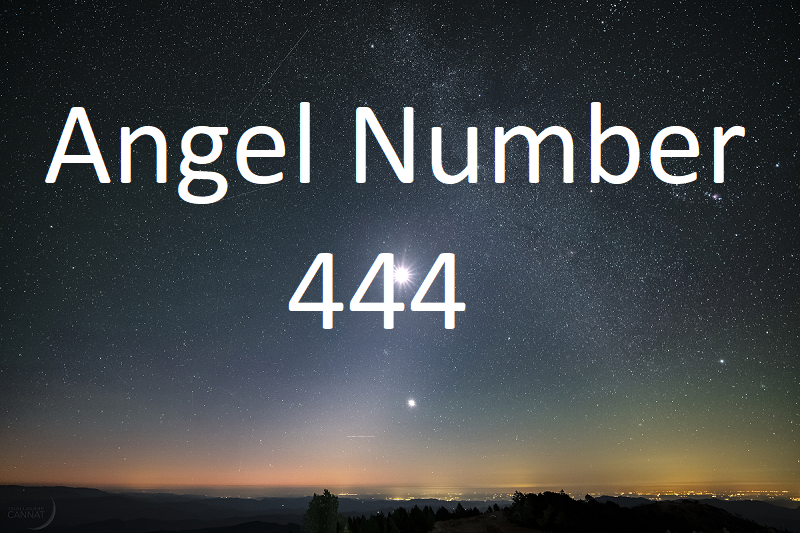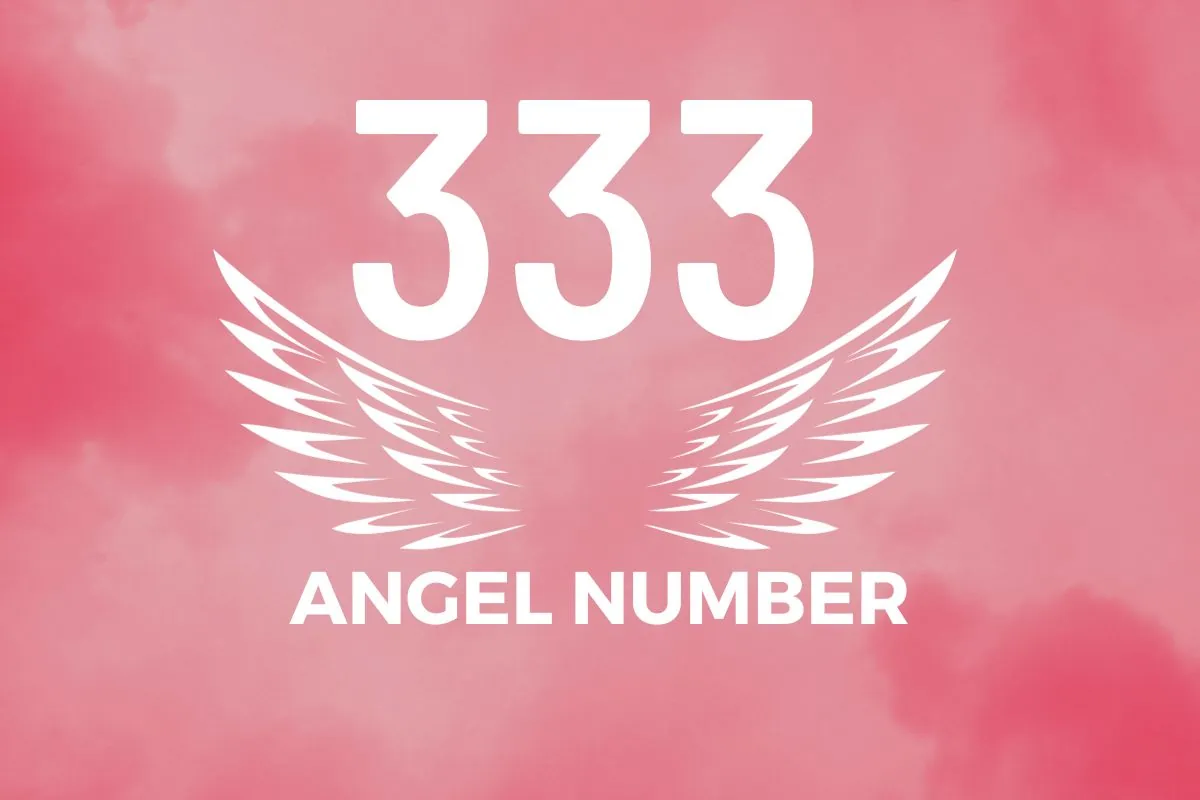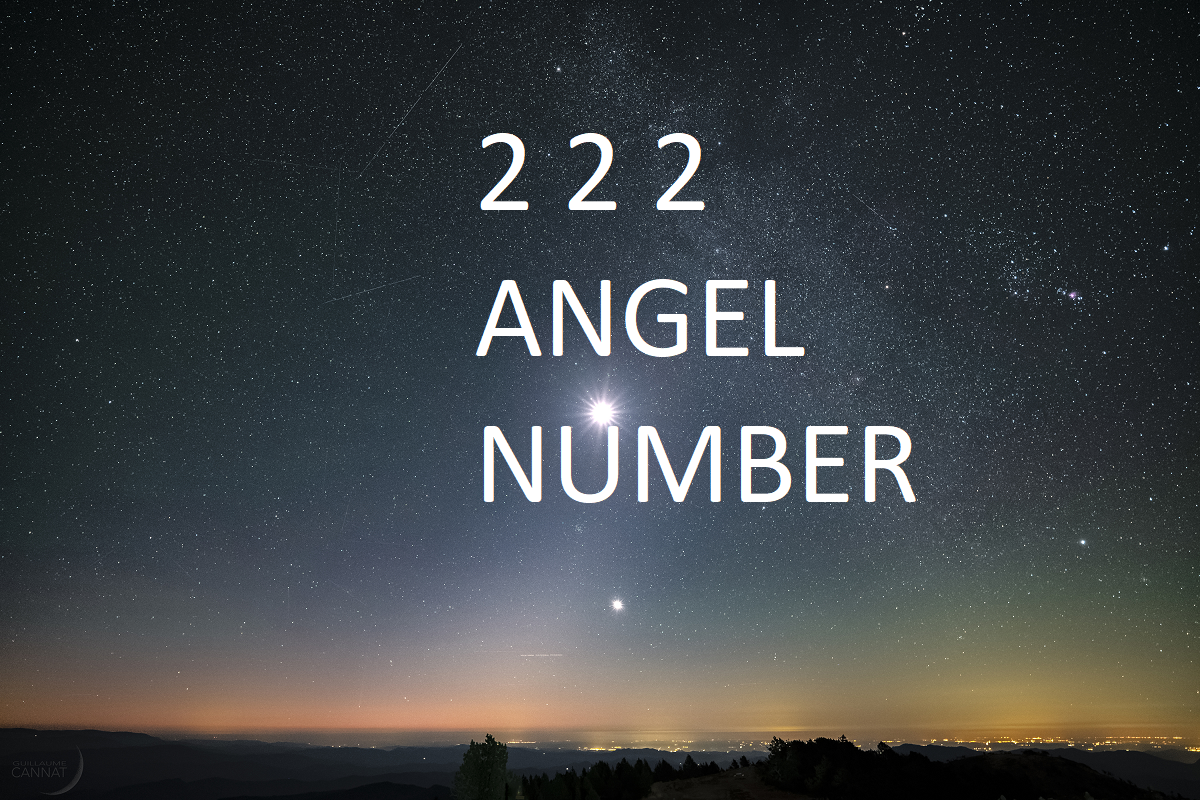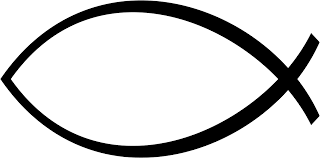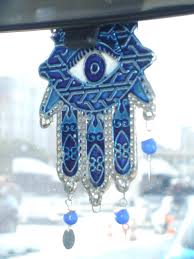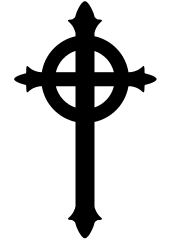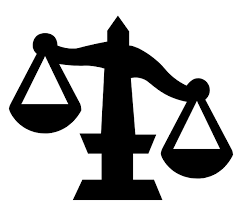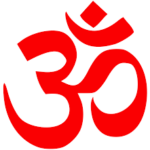
Hinduism symbol
| Symbol | Hinduism |
| Religion | Hinduism |
| Origin | The Om symbol is considered one of the most sacred syllables in Hinduism, appearing at the beginning and end of most Sanskrit recitations, prayers, and texts. |
| Meaning | It represents the essence of the universe and the ultimate reality (Brahman), encompassing the concepts of creation, preservation, and destruction. |
| Appearance | Om is visually represented as a combination of three curves, one semicircle, and a dot. It can be written in various scripts, including Devanagari and Tibetan |
| Colors | Om is often depicted in gold, saffron, or other vibrant colors, symbolizing auspiciousness and spiritual significance. |
| Usage | Om is widely used in Hindu religious practices, rituals, meditation, and chanting. It's also commonly found in art, jewelry, and religious decorations. |
| History | The origins of the Om symbol trace back to ancient Vedic texts and Hindu scriptures, where it holds profound metaphysical and philosophical significance. |
| Popularity | Om is not only significant within Hinduism but has also gained recognition and popularity in various spiritual traditions worldwide, including Buddhism and Jainism. |
| Importance | It holds immense importance as a sacred symbol representing the fundamental essence of reality and the interconnectedness of all existence. |
| Complexity | While visually simple, Om carries complex philosophical and spiritual meanings, encompassing the entire universe and transcending individual concepts. |
| Emotions | Om evokes feelings of reverence, tranquility, and spiritual awakening among practitioners, fostering a deeper connection with the divine and the inner self |
Hinduism, the world’s third-largest religion, boasts a rich and diverse symbolism that permeates its scriptures, rituals, and art. From the sacred syllable “Om” to the vibrant lotus flower, each symbol carries layers of meaning and significance.Here’s a glimpse into some of the most revered Hindu symbols:
Om (ॐ):
- The most potent symbol in Hinduism, representing the ultimate reality, Brahman.
- Composed of three Sanskrit curves, each signifying different aspects of existence: A (creation), U (preservation),and M (dissolution).
- The chanting of Om is believed to create vibrations that resonate with the universe’s primal sound.
Swastika:
- An ancient symbol of auspiciousness, well-being, and good luck.
- Often depicted with arms bent at right angles, either clockwise or counter-clockwise.
- In Hinduism, the swastika predates its appropriation by Nazi Germany and retains its positive connotations.
Trishula (trident):
- A three-pronged spear wielded by deities like Shiva and Parvati.
- The prongs represent creation, preservation, and destruction, reflecting the cyclical nature of the universe.
- TheTrishula also symbolizes Shiva’s power to overcome negative forces.
Shiva Linga:
- An abstract representation of Shiva, the god of transformation and dissolution.
- Typically depicted as an upright cylindrical stone, often adorned with offerings and flowers.
- The Shiva Linga symbolizes the formlessness and omnipresence of the divine.
Lotus Flower:
- A symbol of purity, spiritual growth, and enlightenment.
- The lotus flower emerges from muddy waters, representing the ability to rise above challenges and attain spiritual purity.
- Often depicted in the hands of deities or as a seat for them to sit on.
These are just a few of the many symbols that hold deep meaning in Hinduism. Each symbol reflects different aspects of the religion’s rich cosmology, philosophy, and mythology. Understanding these symbols allows for a deeper appreciation of Hinduism’s profound spiritual message.
View rest of the Hinduism Symbols, Religious Symbols
-
444 angel number
-
333 angel number
-
222 Angel Number
-
Christianity
-
Catholic Fish
-
Hamsa Hand
-
Jesus Cross
-
Presbyterian
-
Judgement
